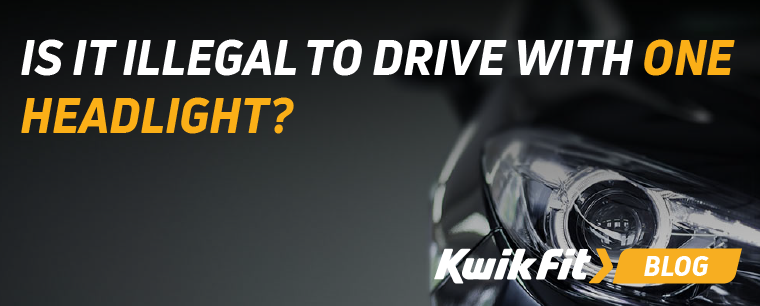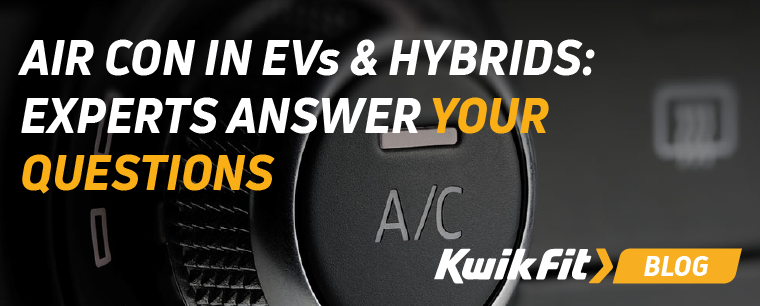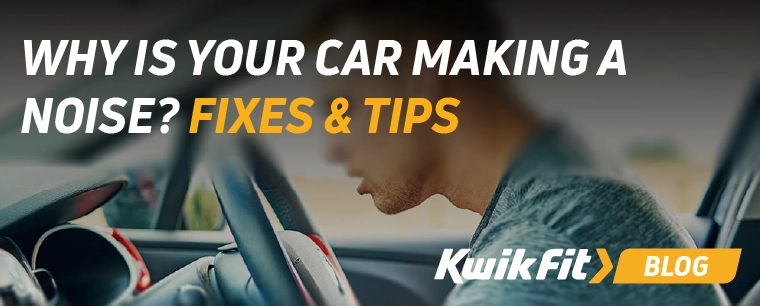What Should My Car Tyre Pressure Be?
Jack Dreyer | Tuesday 4th July 2023 11:30am

Your tyres are what keep your car moving, so it’s essential that you check your tyre pressure regularly in order to stay safe on the roads. You might not notice it but, generally speaking, your tyres will lose air at a rate of up to two pounds every month - and even more in hot weather.
So, when you’re routinely inspecting the condition of your car or performing last-minute checks before a long drive, make sure that one of the first things you look at is the condition of your tyres. Particularly, your tyre pressure.
Not sure what your vehicle’s tyre pressure should be? Read on to find out.
Why the correct tyre pressure is so important
When your tyres are maintained well, they typically last longer and respond better to your car’s steering. But, having the wrong pressure in your tyres can make driving dangerous, as it affects your ability to brake properly, as well as affecting the handling of your vehicle while you’re driving.
Incorrect tyre pressure also increases the likelihood of punctures and tyre damage from hazards like potholes. As well as this, misinflated tyres could end up potentially costing you more due to the risk of blowing out your tyre and increased fuel consumption.
Ensuring your tyre pressure is correct will help with the following things:
Improved vehicle stability and handling
Underinflated front tyres increase ‘understeer’ while low tyre pressure on the rear axle increases ‘over steer’. If all tyres are low on pressure, then the steering of your car will become generally sluggish altogether. Correctly inflated tyres make for much easier steering.
Increased fuel economy
Correctly inflated tyres have less rolling resistance which means more miles to the gallon for the driver. To break this down a little, if your tyres are inflated enough, they won’t drag on the road as they would if they were under inflated, causing friction and requiring more power (and fuel) to move your car forwards.
Greater tyre lifespan
Tyres will wear up to 25% faster if they are not correctly inflated – which means shelling out for new tyres more often. Underinflated tyres are prone to excessive wear on the inside and outside edges of the tread. But, more concerningly, if your tyre pressure drops too low it can lead to tyre failure which can be catastrophic if travelling at speed.
The correct tyre pressure
Checking your tyres regularly, or before a long distance journey, can prevent any tyre pressure issues that might slip under the radar. But when it comes to the correct tyre pressure, there is no ‘one size fits all’ measurement. With so many different types of makes and models of cars, identifying the right pressure for your car can feel overwhelming.
At KwikFit, we have an online tyre pressure tool that has been designed to remove the stress of having to look through endless lists of car makes and models. Instead, you can type in your vehicle number plate, and we’ll provide you with the right tyre pressure for your car. Please be aware that if you are using your vehicle to carry additional weight, you should always consult your car’s handbook for the correct laden pressure.
All you have to do is type in your vehicle’s number plate and we’ll provide you with the right tyre pressure for your car. Please be aware that if you are using your vehicle to carry additional weight, you should always consult your car’s handbook for the correct laden pressure.
Too little or too much pressure

If the pressure of your tyres is higher or lower than the approved levels, you can rectify this quite simply. If the pressure of your tyres is too low, you can use an air pump to inflate your tyres. You can do this at home, or at petrol stations that offer an air pump.
In the event that the pressure of your tyres is too high, you can remove the dust cap and carefully release some of the air in the tyres. Make sure that you do this slowly and carefully, and remember that you will need to recheck the pressure after to ensure that it is correct. If you let too much air go from the tyres, you might find yourself having to find an air pump to top them up.
Tyre inspections with Kwik Fit
While our tyre pressure tool includes a vast range of makes and models, if we are unable to provide you with your recommended tyre pressure, or if you have any concerns about the overall condition of your tyres, we can help. Here at Kwik Fit, we offer a free tyre inspection at all of our centres. All you have to do is book your free tyre inspection online and our trained technicians will be able to inform you of the recommended pressures for the front and rear tyres after carrying out a thorough check of all your tyres.
For more information on how we can help, why not get in touch today by contacting your nearest Kwik Fit centre.
Any facts, figures and prices shown in our blog articles are correct at time of publication.
Featured Articles
Is it Illegal to Drive With One Headlight?
Saturday 19th July 2025
Wondering if it’s illegal to drive with one headlight? Learn about the safety risks and penalties of illegal blown bulbs and why you should fix them promptly.
Air Con in EVs & Hybrids: Experts Answer Your Questions
Monday 30th June 2025
Does air con drain EV batteries? Can you use the air con while charging an electric car? Find out the answers to these questions & more from Kwik Fit’s experts.
Why Is Your Car Making a Noise? Fixes & Tips
Friday 13th June 2025
When your car starts making unexpected noises, it can certainly be quite disconcerting; it may be nothing to worry about, but here’s what you need to know.









